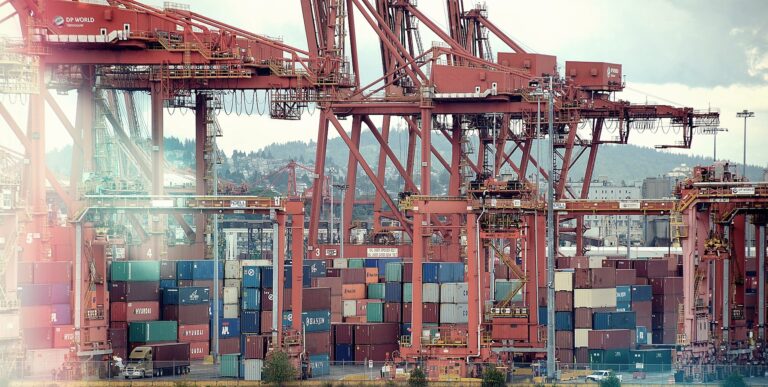3 Ways to Mitigate Trade Compliance Risk
The one constant in international trade is change, and it’s happening at a breakneck pace. New tariffs, shifting alliances, and renegotiated trade agreements have rocked markets and supply chains. Trade compliance was complex enough before, but now compliance teams have to be extra vigilant.
Compliance problems can hurt your bottom line and damage your company’s reputation. However, trade compliance done right can give your business a competitive advantage in crowded global markets. These three strategies will help you manage and mitigate your trade compliance risk.
The one constant in international trade is change, and it’s happening at a breakneck pace. New tariffs, shifting alliances, and renegotiated trade agreements have rocked markets and supply chains. Trade compliance was complex enough before, but now compliance teams have to be extra vigilant.
Compliance problems can hurt your bottom line and damage your company’s reputation. However, trade compliance done right can give your business a competitive advantage in crowded global markets. These three strategies will help you manage and mitigate your trade compliance risk.
Trade Compliance Risk
1. Follow The Rules
No shortcuts allowed! Import/export requires a tremendous amount of paperwork, and there’s no room for error.
A single documentation mistake can put a shipment in customs limbo, unable to move through customs or be brought back into its home country. Worst case, the local authorities may seize the entire shipment, auction it off, and keep the money. For example, the U.S. Department of Commerce warns:
“Products held at customs in Brazil can be assessed high fees. Brazilian Customs frequently seizes shipments that appear to have inaccurate documentation.”
Consider how you would explain that situation to your customer — or rather, your former customer.
Culture Trumps Process
Following the rules could mean shifting your organization’s internal priorities and focus toward compliance. Cultivate a culture of accountability by:
Instituting formal processes for compliance within your organization.
Creating Export Management Compliance Program (EMCP) and Import Management Compliance Program (IMCP) teams to monitor regulatory changes.
Tracking internal compliance through documentation and audits.
Empowering EMCP & IMCP teams to find and correct problems before a shipment is delayed (or seized) at the border.
Avoid Doing Hard Time
Internal compliance helps mitigate risk in other ways as well. The Bureau of Industry and Security looks at a company’s commitment to trade compliance when assessing financial penalties and criminal prosecutions for export violations.
Fines and penalties add up quickly. In December 2012, Huaxing Construction pled guilty to illegally exporting high-performance epoxy coatings and paid the maximum criminal fine of $2 million. In extreme cases, violations can land company executives in prison.
Click here to continue reading-> Flash Global








